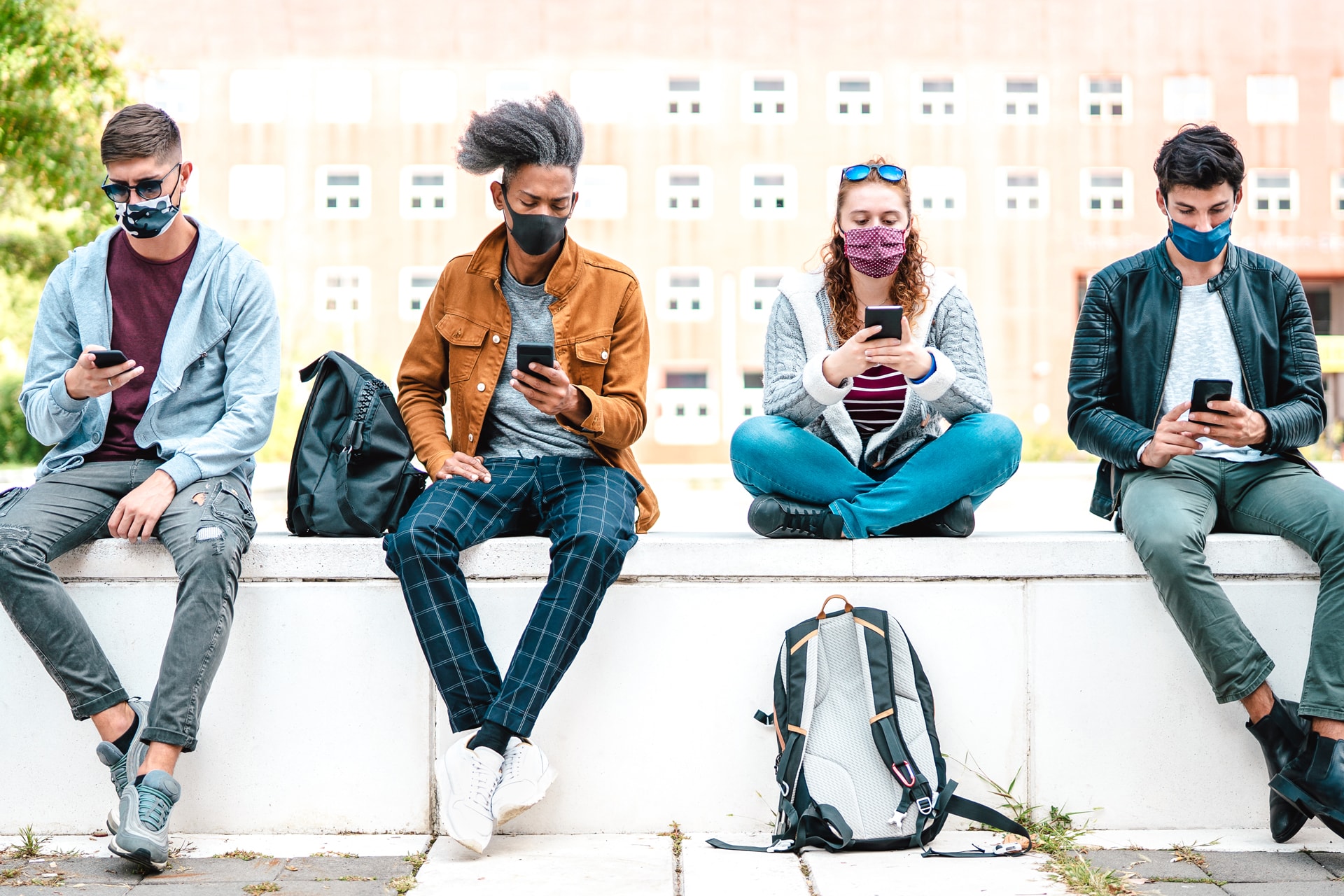Eight months into the global COVID-19 pandemic, local governments in New York are faced with bad news and good news:
On one hand, a new rise in case numbers, and little movement on legislation to help municipalities weather the fiscal fallout of the ongoing pandemic; and on the other hand, the development of two vaccines and improved treatments for the virus.
Local government has a hard road ahead in 2021. Local leaders will likely have to dip into fund balance even more than in 2020, and may face yet another round of belt-tightening. A number of federal relief programs for individuals and businesses are slated to end with 2020. Late last month, the New York State Division of the Budget released its mid-year report, projecting a General Fund revenue decline of $14.9 billion and a tax receipts decline of 15.3 percent from February 2020 projections.
The non-partisan Center on Budget and Policy Priorities projects that New York will see a $16 billion decline in tax revenues for 2022, representing a 17 percent decline from pre-COVID revenue projections.
Some of 2020’s severe measures may ease the stresses a little in the coming year.
Where municipalities used retirement or separation incentives to reduce staff, they may see continuing personnel cost reductions, the goal of the incentives.
However, municipalities may still face rising personnel costs due to the pandemic’s effect on the state’s Common Retirement Fund, which pays for the state Employees Retirement System and the state Police and Fire Retirement System. The market reaction to COVID-19 and the shutdown meant a lower return on investment for the fund earlier in the year, and higher contributions from municipal employers for 2021.
The New York State Comptroller’s Office projects that the employer contribution will rise again in 2022.
Deep in local budget season, many municipalities are reckoning with what new measures they might have to consider next year.
What is a supervisor or mayor to do? Start with the basics.
Monitor budgets more frequently and more carefully throughout the year; analyze trends as you go so you can make changes, anticipate issues and not be taken by surprise.
If there is a big lesson of the pandemic, it’s the need for solid, well-thought-out budget and fund balance policies, grounded in data and based on an approach that balances the effects on services, municipal staff, and taxpayers.
A local government that has analyzed its policies, its demographics, its services and its needs can then find creative ways to economize and to generate new revenues.
We have offered suggestions over the past several weeks.
- Develop a sound fund balance policy and plan.
- Independent budget reviews may help guide your decisions, and help officials make non-political recommendations.
- Consider issuing short-term debt to raise cash.
- Consider early retirement incentives if you haven’t already done so
- Is it feasible for your municipality to share services with a neighboring community? Combining forces could lead to savings.
- Would an improvement district, such as a Business Improvement District, allow you to provide better services in a downtown area without raising taxes on residents outside that neighborhood?
- Are your service fee structures and development fees where they should be? Are the people who benefit the ones paying for the services?
- Will outsourcing your accounting services provide expert attention to your municipal books while allowing employees to better serve your residents?
Not so long ago, local government officials could get away with just passing a budget, letting things run on their own, and then perhaps, being surprised about where things stood when the new budget process began.
COVID-19 has taught us that leaders must pay more attention than in the past, and it has taught us that resilience is key to weathering difficult times. Care, close attention and sound data-based strategies are key to handling the challenges COVID-19 will continue to bring in 2021.


